#Gloster Meteor
Text

Gloster Meteor F 4 at Horsham, St. Faith in the silver high-speed finish. 1946
➤➤ HD IMAGE: https://dronescapes.video/Meteor
#british#gloster#meteor#gloster meteor#aviation#aircraft#britain#aviation history#youtube#airplane#dronescapes#military#documentary#history
79 notes
·
View notes
Text

#photography#my photos#film#expired film#jet age#jet#gloster meteor#retro tech#1940s#aviation#aircraft
22 notes
·
View notes
Text

"Meteor"
59 notes
·
View notes
Video
IMG_8696 by Fred Taylor
Via Flickr:
Gloster Meteor F.8 (Mod) WK935 RAFM Cosford 23 September 2009
8 notes
·
View notes
Text
The First Commercial Passenger Jet Flight
The story of the first commercial jet passenger flight #aircraft #dehavillandcomet
The development of the jet engine revolutionised air travel, an advance driven by the prospect of war and the desire to gain an advantage over the potential enemy rather than commercial forces. As with commercial air travel, Germany was quickest off the mark, Hans von Ohein building the first experimental jet plane, a Heinkel He 178, which made its maiden flight on August 27, 1939. Anselm Franz…
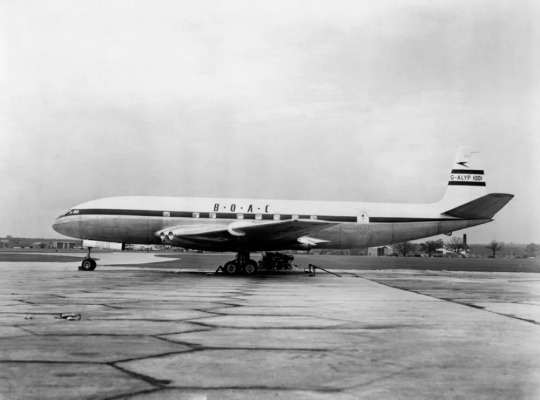
View On WordPress
#Alfred Schreiber#de Havilland Comet G-ALYP#Frank Whittle#Gloster Meteor#Hans von Ohein#Heinkel He 178#Jet engine#Sir Geoffrey de Havilland
0 notes
Video
Night Fighter by Treflyn Lloyd-Roberts
Via Flickr:
Gloster Meteor WD686 stands outside a Hardened Aircraft Shelter during a Timeline Events photo shoot at RAF Wattisham. Aircraft: ex-Royal Air Force Gloster Meteor NF.11 WD686. Location: RAF Wattisham, Suffolk.
#Gloster#Meteor#WD686#stand#outside#Hardened#Aircraft#Shelter#HAS#protective#PAS#RAF#Wattisham#heritage#military#aviation#night#fighter#ex#Royal#Air#Force#NF.11#Location#Suffolk#Timeline#Events#TLE#photo#shoot
54 notes
·
View notes
Text

Possibly
- ‘Sqn Ldr ‘Dickie’ Millward AFC flying Meteor NF.11 WD686 between hangars at RAF Holme-on-Spalding Moor in 1966, celebrating his final day in the RAF.’
@CcibChris via X
11 notes
·
View notes
Text

1944 Gloster Meteor Twin Engine Jet Fighter
The Gloster Meteor was the first British jet fighter and the Allies' only jet aircraft to engage in combat operations during the Second World War. The Meteor's development was heavily reliant on its ground-breaking turbojet engines, pioneered by Frank Whittle and his company, Power Jets Ltd. Development of the aircraft began in 1940, although work on the engines had been under way since 1936. The Meteor first flew in 1943 and commenced operations on 27 July 1944 with No. 616 Squadron RAF
The Meteor F.1 was powered by two Rolls-Royce Welland turbojet engines, Britain's first production jet engines, which were built under license from Whittle's designs. The Meteor embodied the advent of practical jet propulsion; in the type's service life, both military and civil aviation manufacturers rapidly integrated turbine engines into their designs, favoring its advantages such as smoother running and greater power output. The Meteor's engines were considerably more practical than those of the German Me 262 as, unlike the Me 262, the engines were embedded into the wing in nacelles between the front and rear spars rather than underslung, saving some weight due to shorter landing gear legs and less massive spars.
8 notes
·
View notes
Photo

Gloster Meteor ‘Halestorm’. RAAF. Korea
80 notes
·
View notes
Text


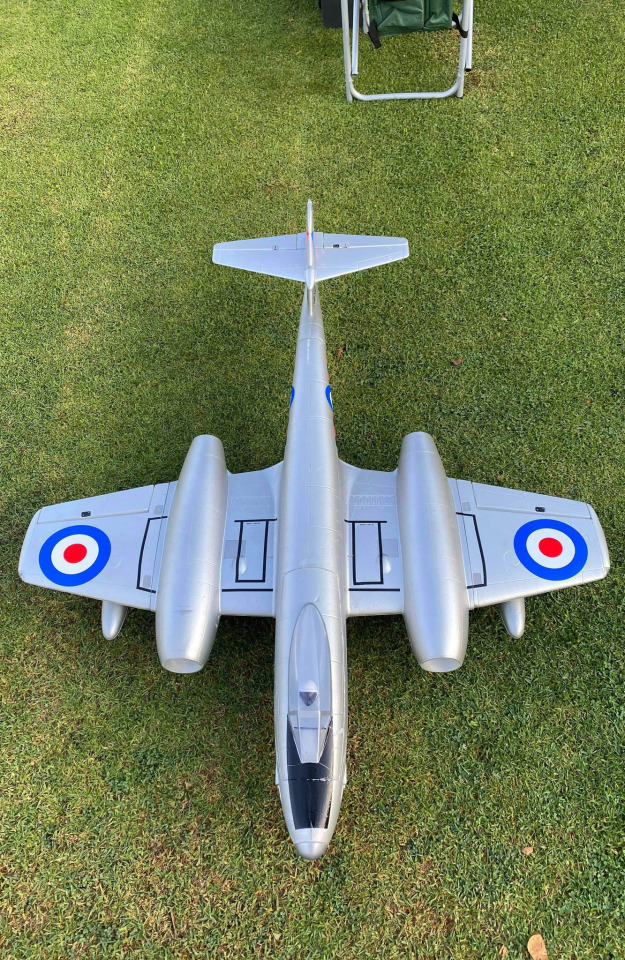
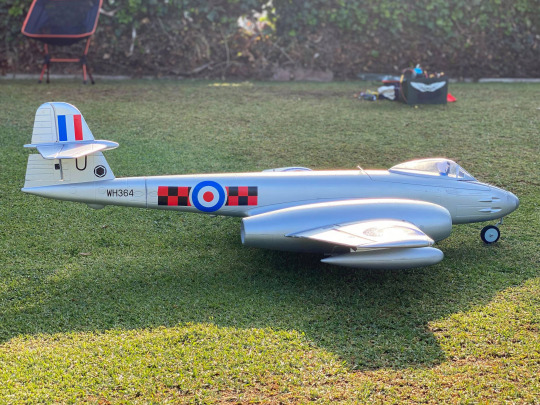
Dynam Gloster Meteor F8 V2 Silver 6S Twin 70mm EDF RC Jet
The Gloster Meteor was the first British jet fighter and the Allies' only jet aircraft to achieve combat operations during the Second World War. The Dynam Gloster Meteor F8 V2 is an exceptional RC airplane that will provide an exhilarating flying experience. With a wingspan of 1270mm (50") and a length of 1510mm (59"), this EDF Jet is the perfect size for outdoor flying.
2 notes
·
View notes
Photo

Gloster Meteor F.8 on show in Antwerp, Belgium.
EG223 JE-S (ex-RAF WA902) served in the Belgian Air Force from January 1951 untill November 1957
6 notes
·
View notes
Photo

Experimental Gloster Meteor featuring turboprop engines.
47 notes
·
View notes
Photo
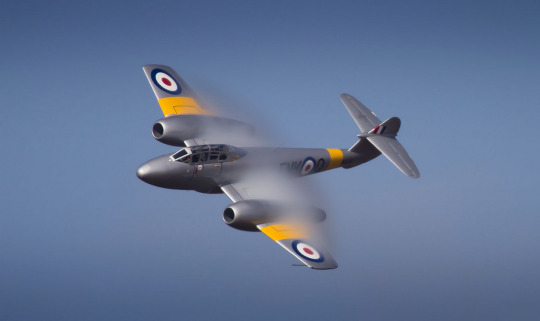
Britain's first jet fighter aircraft
This Meteor T7 WA591 s the only flying Meteor in the United States and one of only five in the world that are airworthy.
98 notes
·
View notes
Text



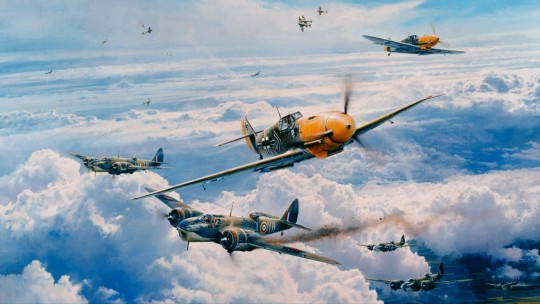


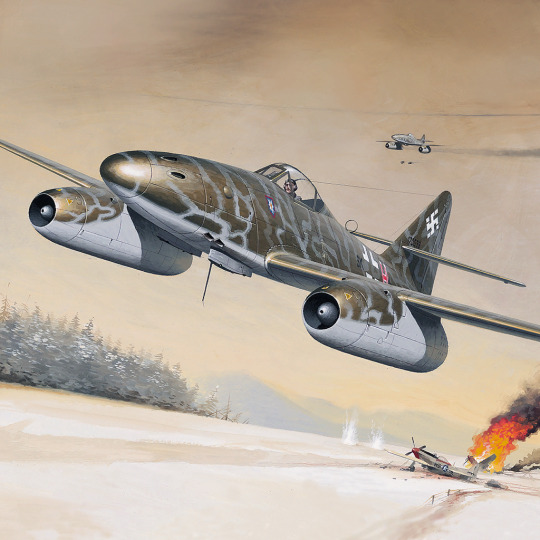


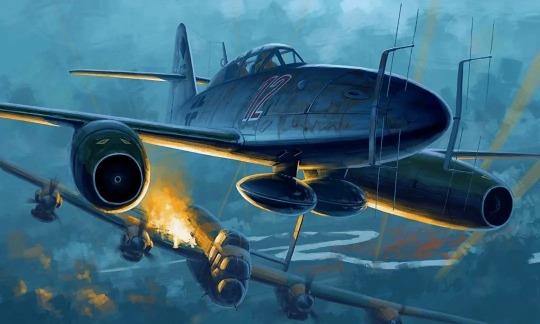
Adolf Galland was a German fighter ace general of Fighter Command in France. He flew 705 combat missions, and fought on the Western Front and in the Defence of the Reich. On four occasions, he survived being shot down, and he was credited with 104 aerial victories, all of them against the Western Allies.
I personally feel Galland is truly the top ace of the war for two reasons. First, although his score wasn't as high as the others, he earned every kill against the Western Allies. They were considerably better pilots with much better aircraft. And the second reason is from getting an idea of what sort of man he is from the interviews done on him after the war. Not to mention he was planning, organizing, and then leading those combat missions. He took the best care he could of his men, and fought tooth and nail (within reason considering) to get his squadron the best equipment, aircraft, and supplies possible.
I thought it interesting when he discussed the issue with the Me 262. He argued heavy for making it a dedicated Interceptor instead of the foolish ideas Hitler insisted upon it being a bomber. Because that makes sense, right? You definitely take your highest performance and most heavily armed plane and make it a bomber. Yeah! Idiot 😓. But in the end Hitler gave him like 20 or 30 for the Interceptor role. So, he said, he would have maybe ten operational at any given time to fight. But he was saying that if it he would have given him all the 262s being produced, he could have had up to three hundred one a given day! 300 Me 262s to attack USAAF in day and RAF Bomber Command at night. Now, even he said, that wouldn't have changed the outcome. But it would have been a much tougher fight. And, who knows, could have seen 262s go head to head with Gloster Meteor! That would have been interesting!
#history#ww2 art#ww2#wwii#wwii art#warship#art#artwork#warbird#fighter#me 262#bf 109#fighter ace#military history#military aircraft#western front#battle of britain#luftwaffe
17 notes
·
View notes
Video
DG202/G, Gloster F9/40, RAF Gaydon, 20-09-1969 by Gordon Riley
Via Flickr:
Meteor Prototype
8 notes
·
View notes

